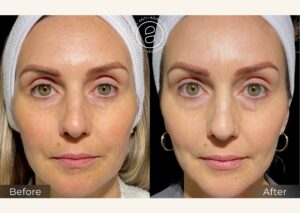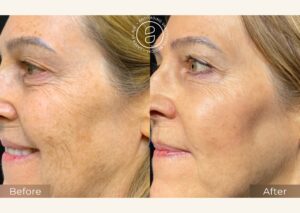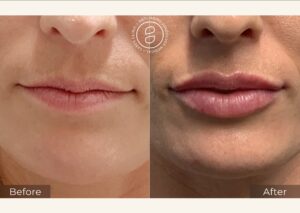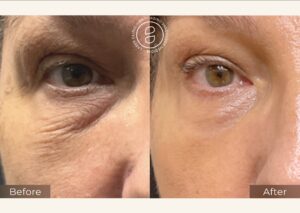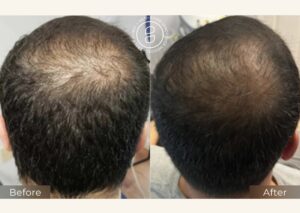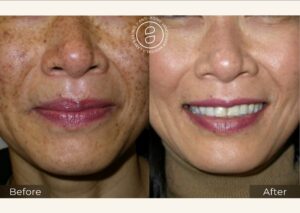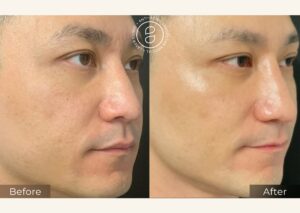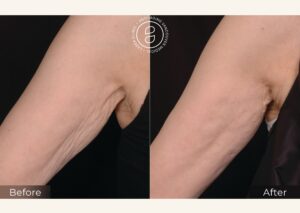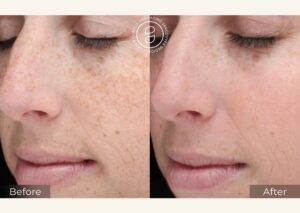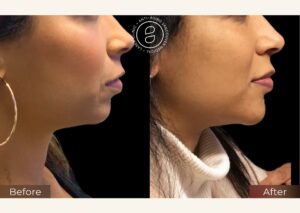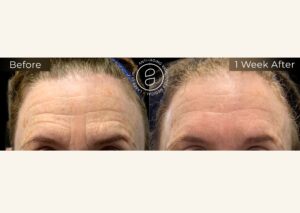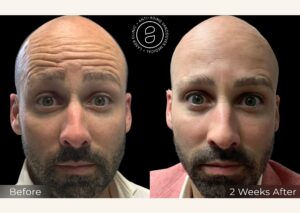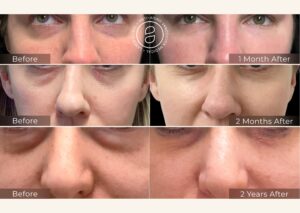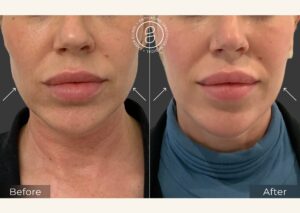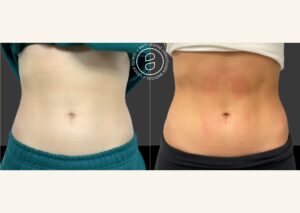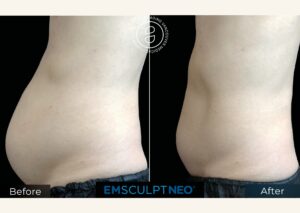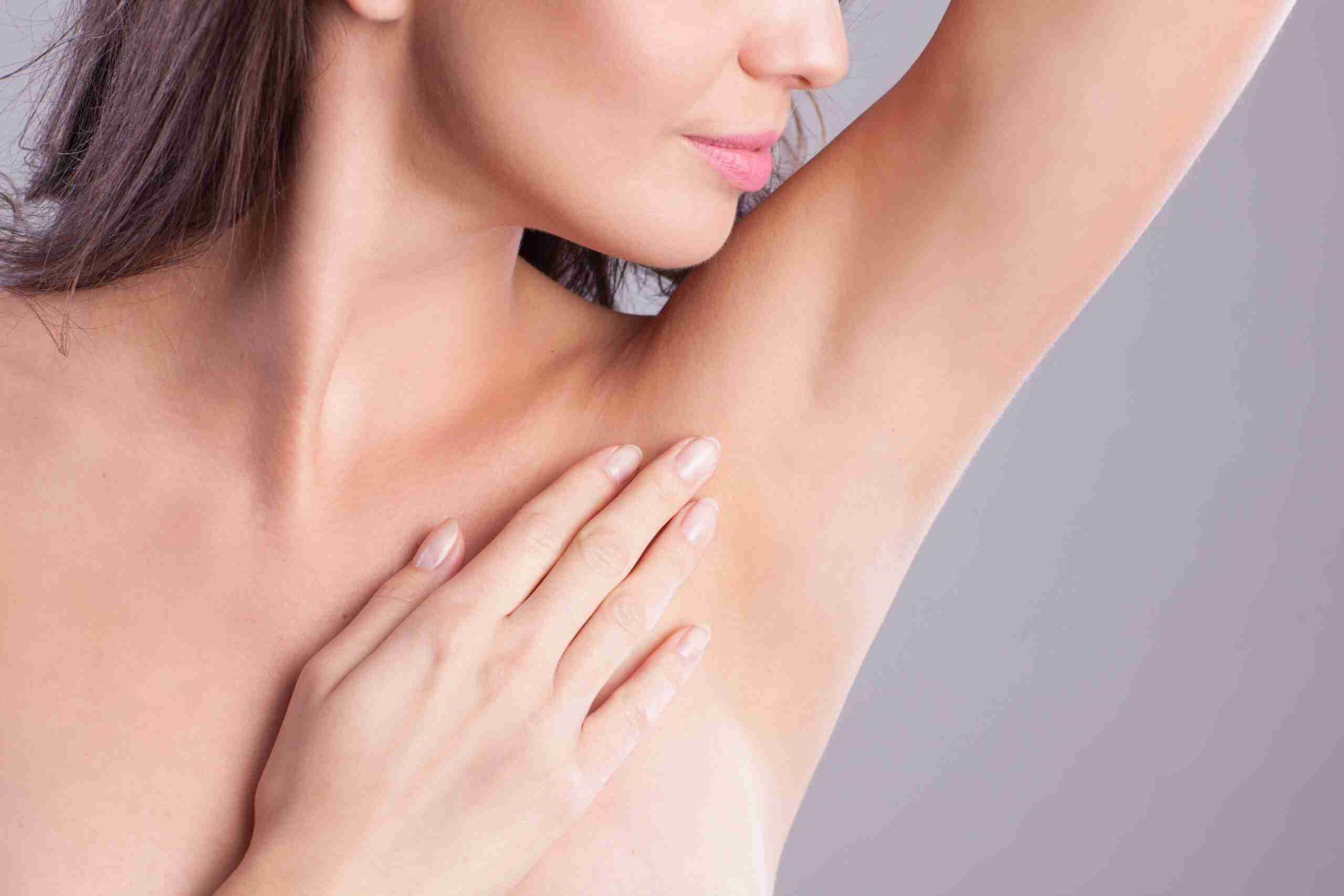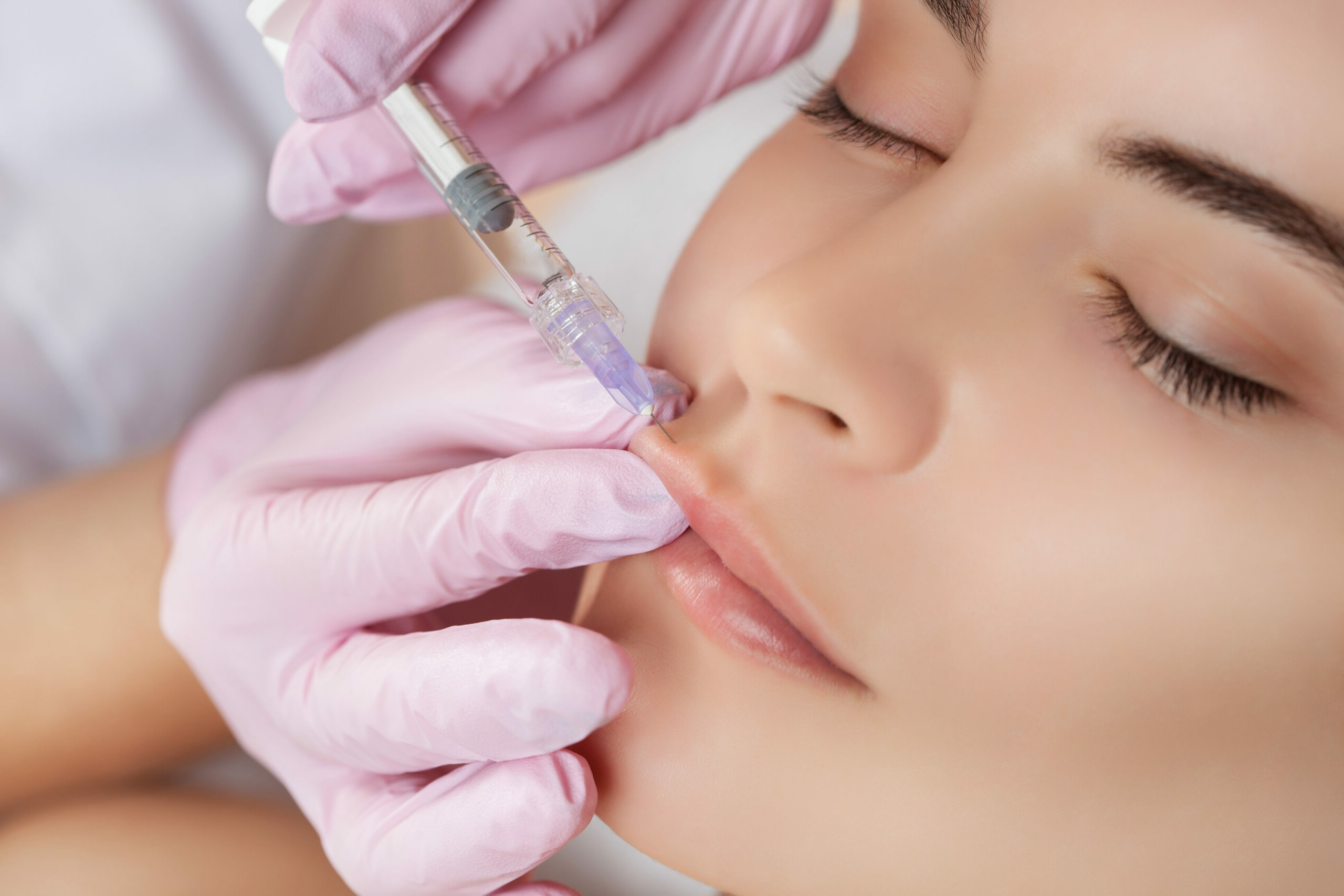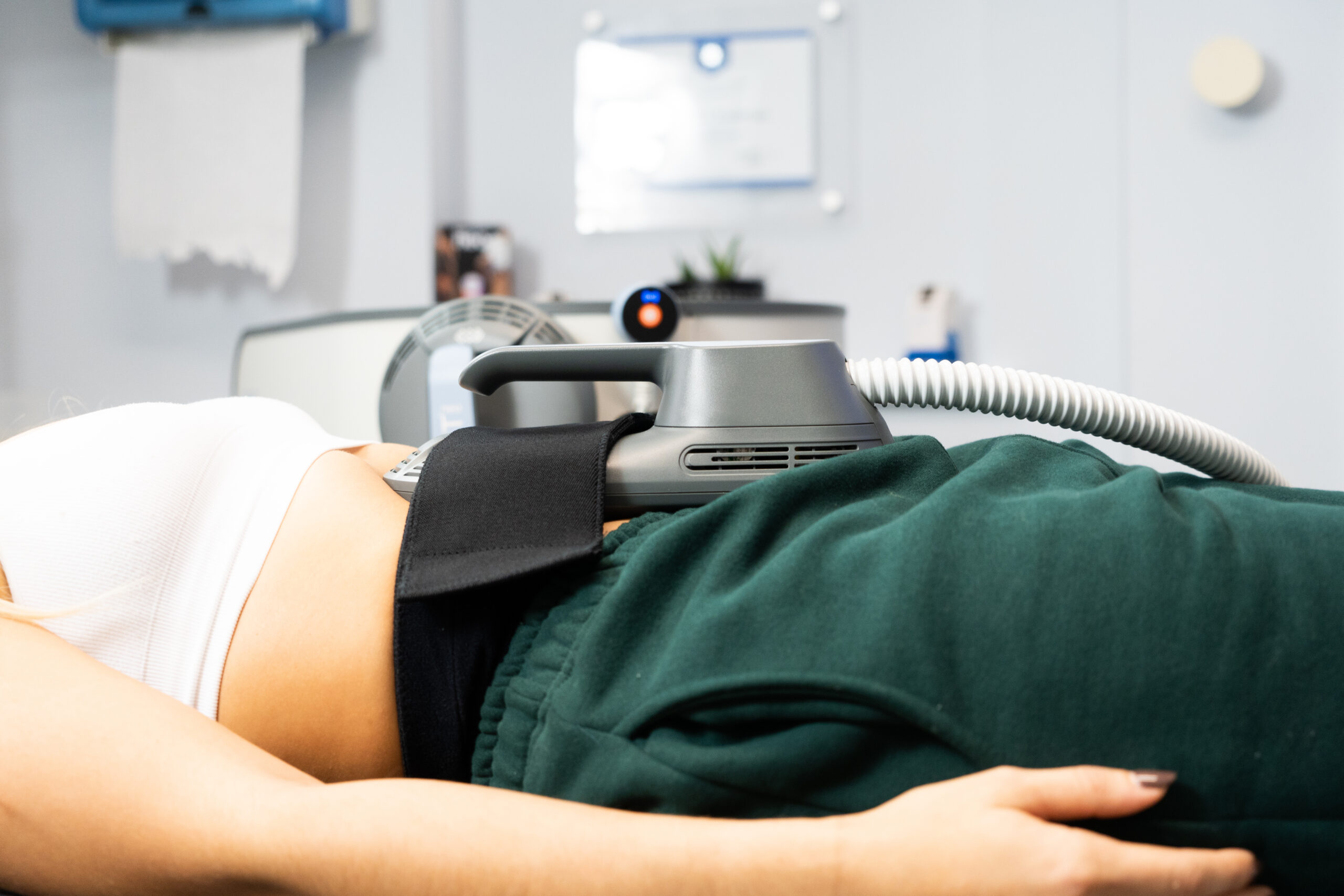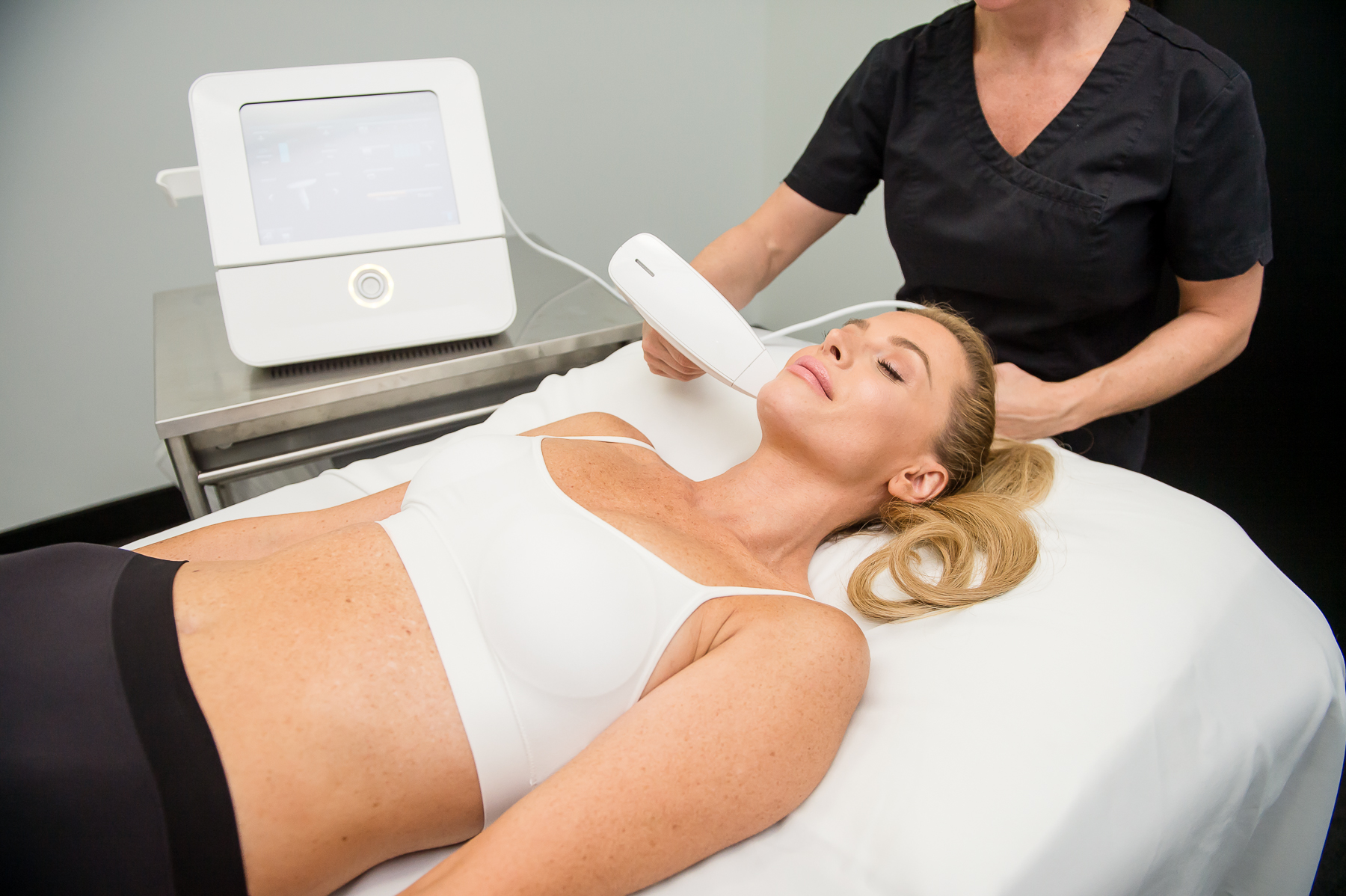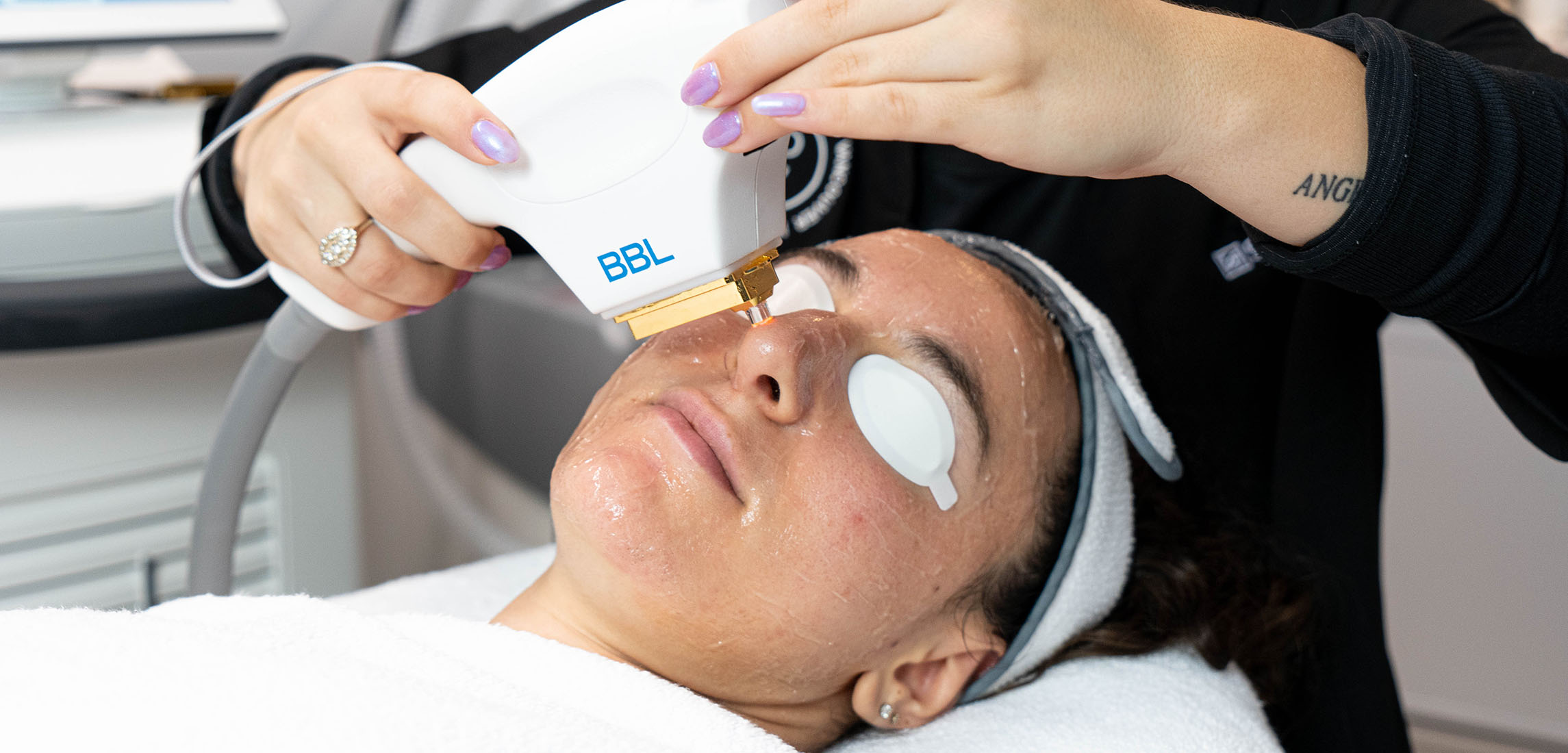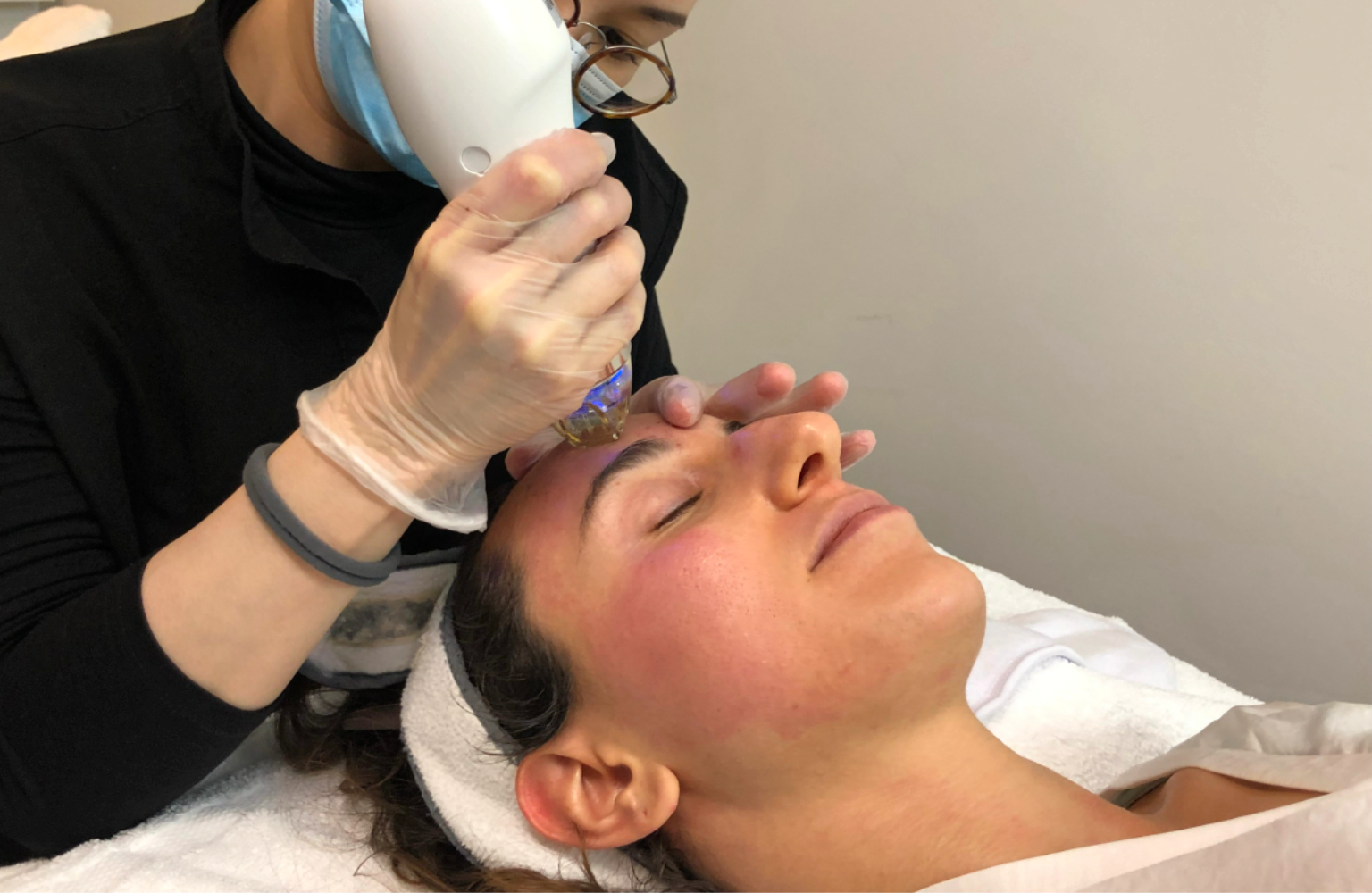Preventing and Managing Filler Migration
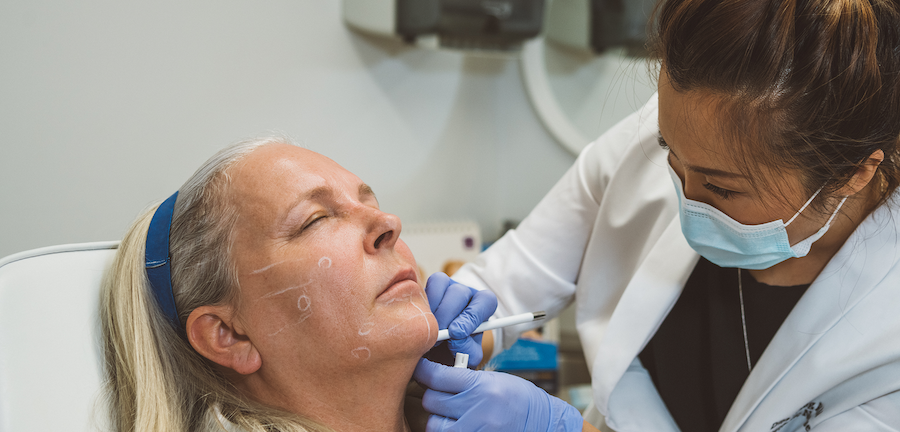
Dermal fillers have gained widespread popularity in the realm of cosmetic procedures, offering a non-surgical solution to achieve a rejuvenated and youthful look. While discussions surrounding the aesthetic benefits of fillers are common, there is a less frequently addressed aspect – filler migration. Although this side effect is extremely rare, it’s important to be aware of it and recognize its potential signs.
Instances of filler migration have been observed in various facial regions, such as the nose, lips, nasolabial folds, and forehead.
So, What is filler migration?
Filler migration occurs when the injected dermal filler shifts from its original placement, leading to an unintended and undesirable result. This can be attributed to several factors, including the type of filler used, the technique of the injector, and individual factors related to the patient’s physiology and lifestyle. While filler migration is a concern in various facial areas, two regions are particularly susceptible: the lips and the under-eye area, commonly referred to as the tear trough.
Why Does Filler Migration Happen?
Filler migration can be attributed to several factors:
- Natural Movement: Facial expressions and muscle contractions can cause the filler to shift over time. This is particularly relevant in areas like the lips and forehead, which are highly dynamic.
- Gravity: The effects of gravity can also contribute to filler migration, especially in areas with thinner skin or weaker underlying support.
- Injection Technique: The skill of the injector plays a significant role in preventing migration. Poor injection technique can result in uneven distribution of the filler.
- Product Choice: Different dermal fillers have varying levels of viscosity and cohesiveness. The choice of filler product can affect its propensity to migrate.
- Individual Factors: Each patient’s unique anatomy and metabolism can influence how their body responds to the filler, potentially leading to migration.
Recognizing Signs of Filler Migration
- Asymmetry: If you notice any unevenness or differences in volume between the treated areas this can be a sign of filler migration, as it can cause one side of the face to appear fuller than the other.
- Lumpiness or Bumps: If you feel palpable bumps in the treated area, these can be indicators of filler that has shifted or accumulated in one spot.
- Change in Shape or Position: If you observe the shape or position of the treated area has altered, filler migration may cause the area to deviate from its original contour.
- Discoloration or Bruising: Look for changes in skin color or persistent bruising in the treated region, which could be associated with filler migration.
- Painless Movement: Gently press on the treated area to check if the filler feels mobile or moves easily. Filler that shifts with minimal pressure can indicate migration.
- Gradual Changes: Keep track of any gradual alterations in your facial appearance including puffiness, especially in the lip areas. Slow changes may signal filler migration over time.
Dr. Gidon Frame highlights that lip fillers are particularly susceptible to migration due to the constant and dynamic movements involved in speaking, eating, and smiling. This continuous lip motion can gradually displace the filler, potentially leading to an uneven or unnatural look. Moreover, Dr. Frame identifies the under-eye area, particularly the delicate tear trough region, as another vulnerable zone for filler migration. The unique characteristics of this area, including the fragile skin and underlying structures, present challenges in maintaining filler integrity and may contribute to migration concerns.
Advanced dermal fillers now incorporate enhanced cross-linking technology to preserve their shape and texture while retaining a natural softness.
Dr. Gidon Frame
Our latest line of Revanesse fillers is approved by Health Canada and consists of cross-linked hyaluronic acid gel. These fillers are specifically designed for the treatment of medium to deep facial injections within the middle layer of the dermis.

It’s important to know that filler migration is extremely rare, and most individuals have successful outcomes with dermal fillers. Choosing an experienced and qualified injector can further minimize the risk of migration and complications. Also, regularly monitoring your filler-treated areas and addressing any migration concerns quickly can help you maintain a more natural and harmonious appearance. If you suspect filler migration or have concerns about your results, consult with a qualified medical professional for a thorough assessment and appropriate guidance.

